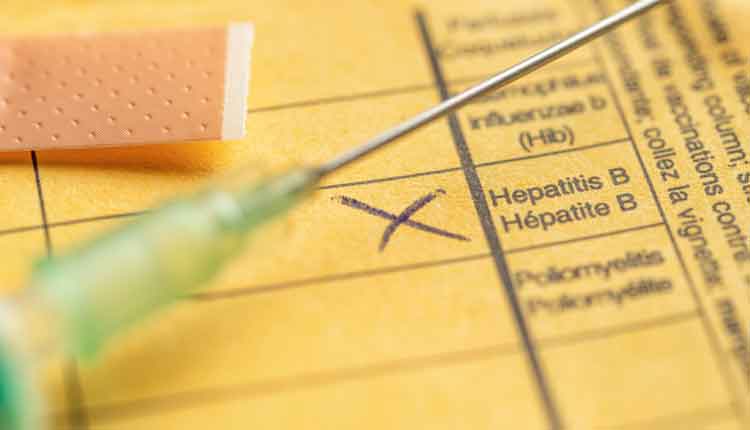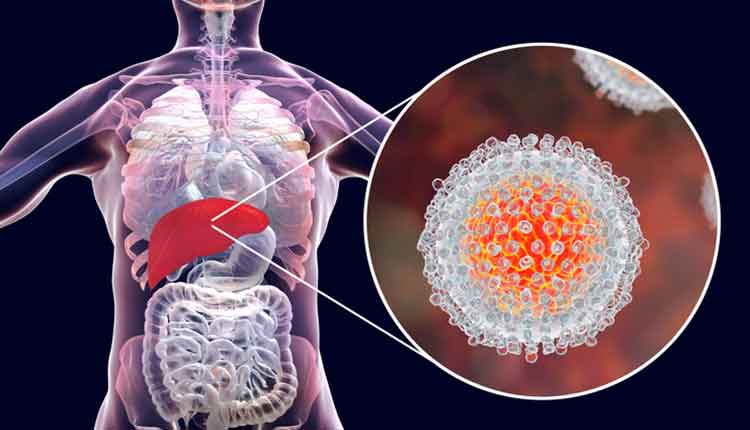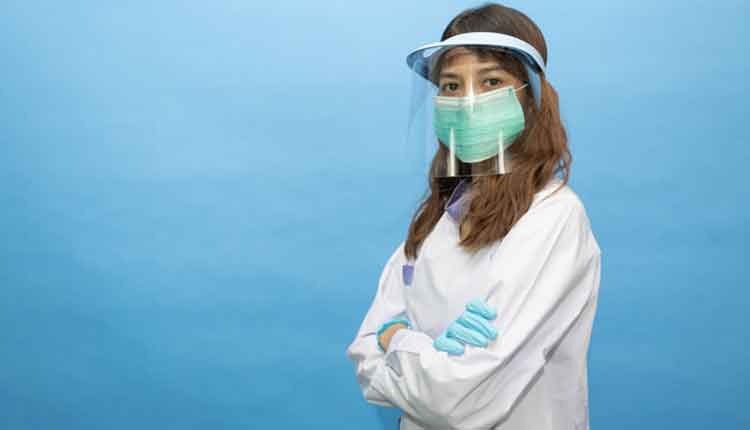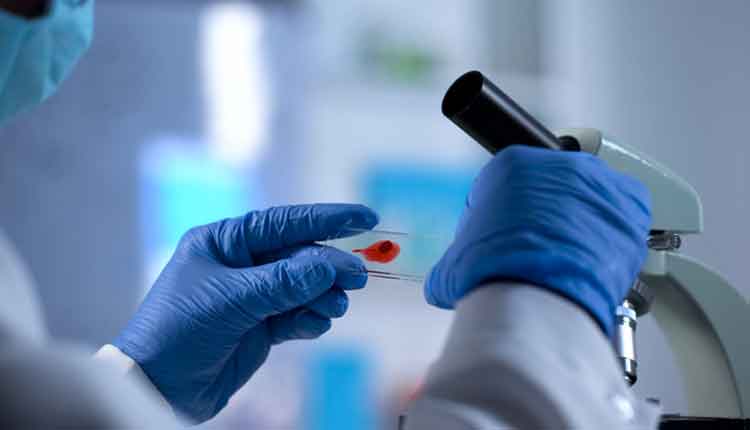Oral Health Professionals and Infectious Disease Status
The United States Centers for Disease Control and Prevention (CDC) characterizes an exposure-prone procedure as any that poses a risk of percutaneous injury to providers due to limited visibility or confinement within an anatomical site. Not counting the recent appearance of COVID-19, hepatitis B virus (HBV), hepatitis C virus (HCV), and human immunodeficiency virus (HIV) pose the greatest potential for disease transmission in healthcare settings. Disclosure of a provider’s infectious disease status to patients is highly controversial. This article reviews infectious disease transmission in dentistry, and explains CDC recommendations and state regulations regarding infectious disease disclosure by HBV-positive or HIV-positive providers.

HBV can present as an acute infection, lasting for a few weeks, or can become a chronic, lifelong illness.
 Zerbor / iStock / Getty Images Plus
Zerbor / iStock / Getty Images Plus
In order to prevent transmission of bloodborne pathogens (BBPs), clinicians are advised to follow CDC standard precautions, which include vaccination, infection control protocols, use of safety device (eg, puncture-resistant sharps containers and needle-retracting devices), and implementing safe work practices.
 FogStock/FogStock Collection / FogStock / Getty Images Plus
FogStock/FogStock Collection / FogStock / Getty Images Plus
HCV is not transmitted through contact with infected blood, negating needle sharing as a possible risk factor.
 Dr_Microbe / iStock / Getty Images Plus
Dr_Microbe / iStock / Getty Images Plus
The risk of HIV transmission is approximately one in how many following a single percutaneous exposure?
 Gam1983 / iStock / Getty Images Plus
Gam1983 / iStock / Getty Images Plus
Historically, there have been multiple incidents of disease transmission from dental providers to patients in the United States.
 Lunatic_67 / iStock / Getty Images Plus
Lunatic_67 / iStock / Getty Images Plus
In which time period did the only documented incidences of provider-to-patient transmission of HIV in dental settings?
 Motortion / iStock / Getty Images Plus
Motortion / iStock / Getty Images Plus
The CDC recommends practice restrictions for providers who have HCV or who do not perform exposure-prone procedures.
 Kachura Oleg / iStock / Getty Images Plus
Kachura Oleg / iStock / Getty Images Plus
At a minimum, HBV-positive or HIV-positive providers have an ethical and professional obligation to disclose their disease status to an expert review panel and, for providers in Texas, obtain written consent from patients.
 Andy / iStock / Getty Images Plus
Andy / iStock / Getty Images Plus
Share your Results:

